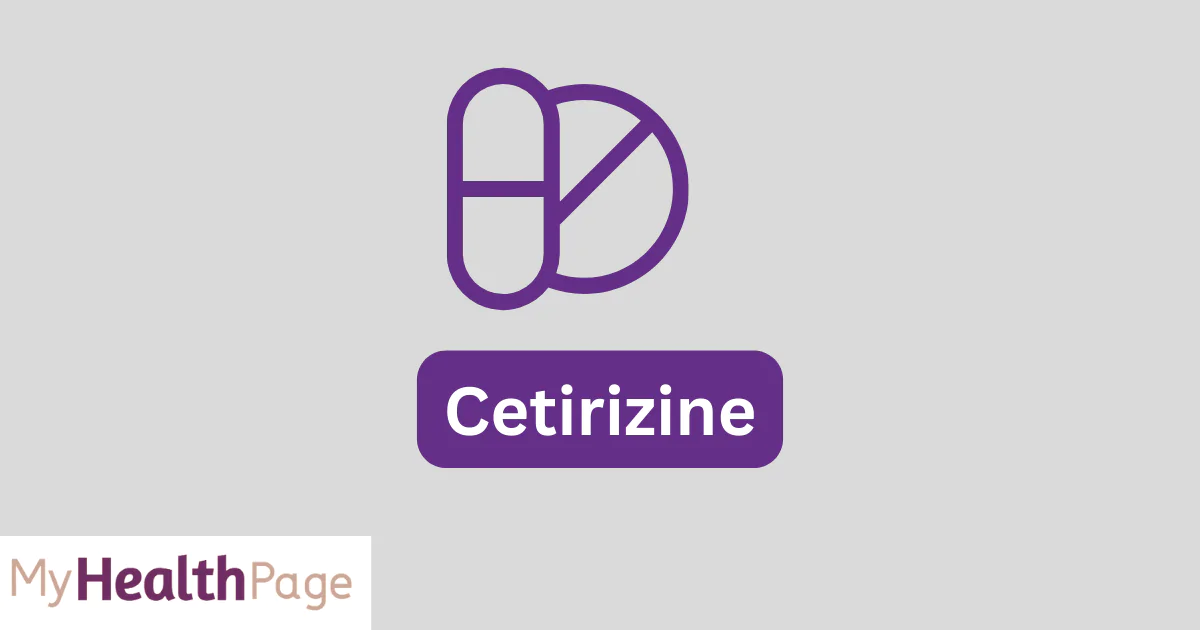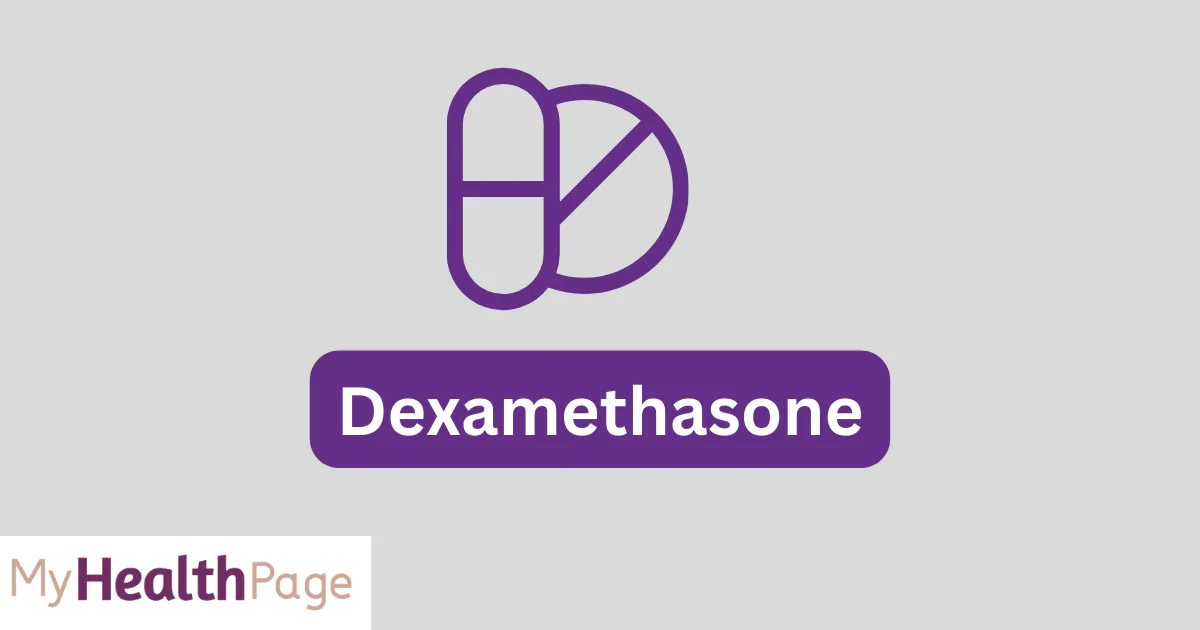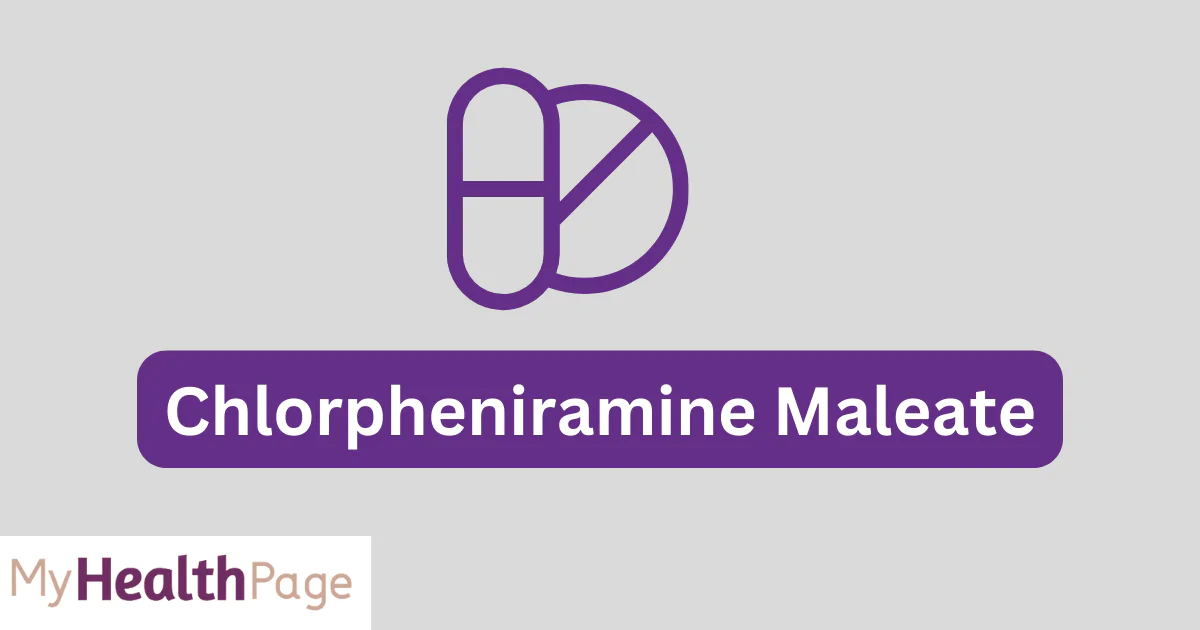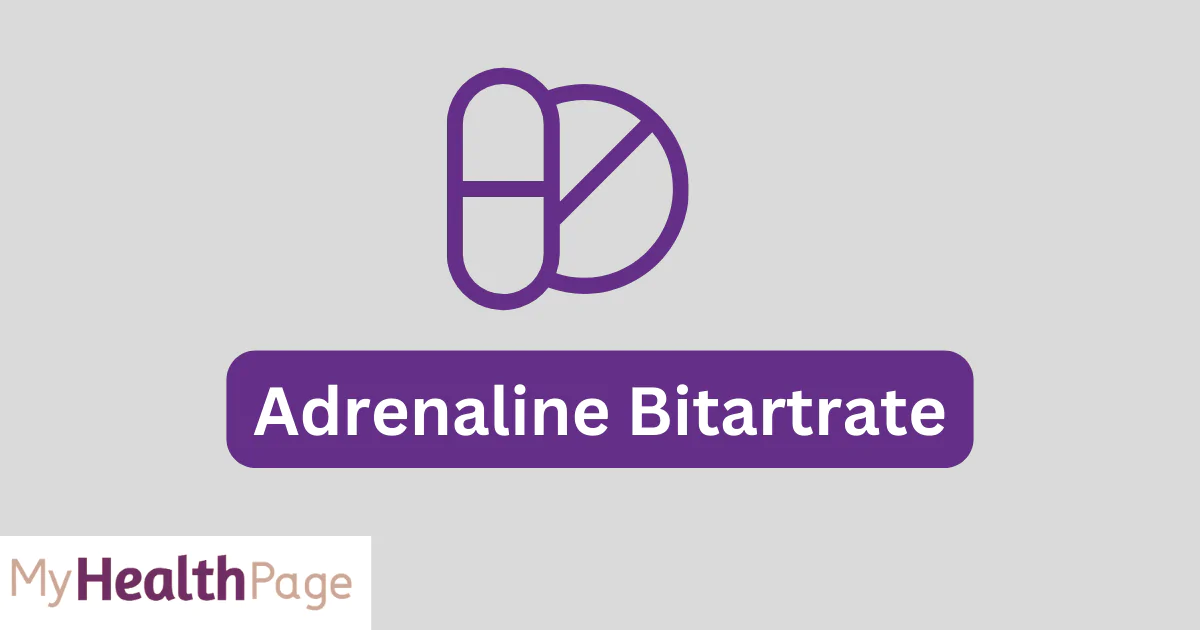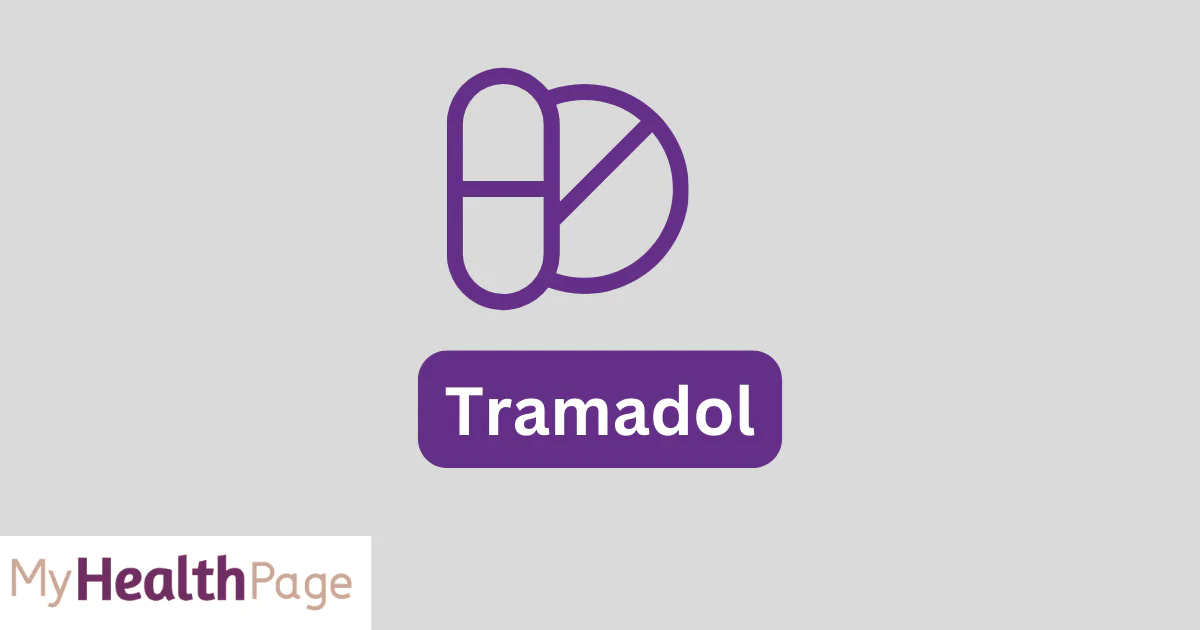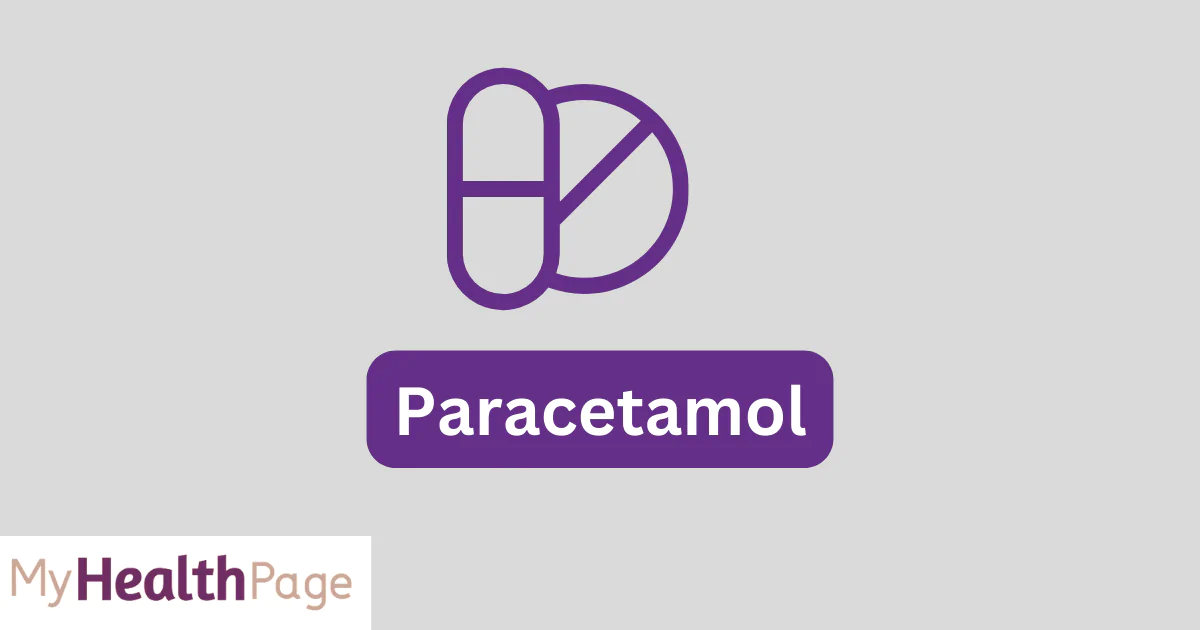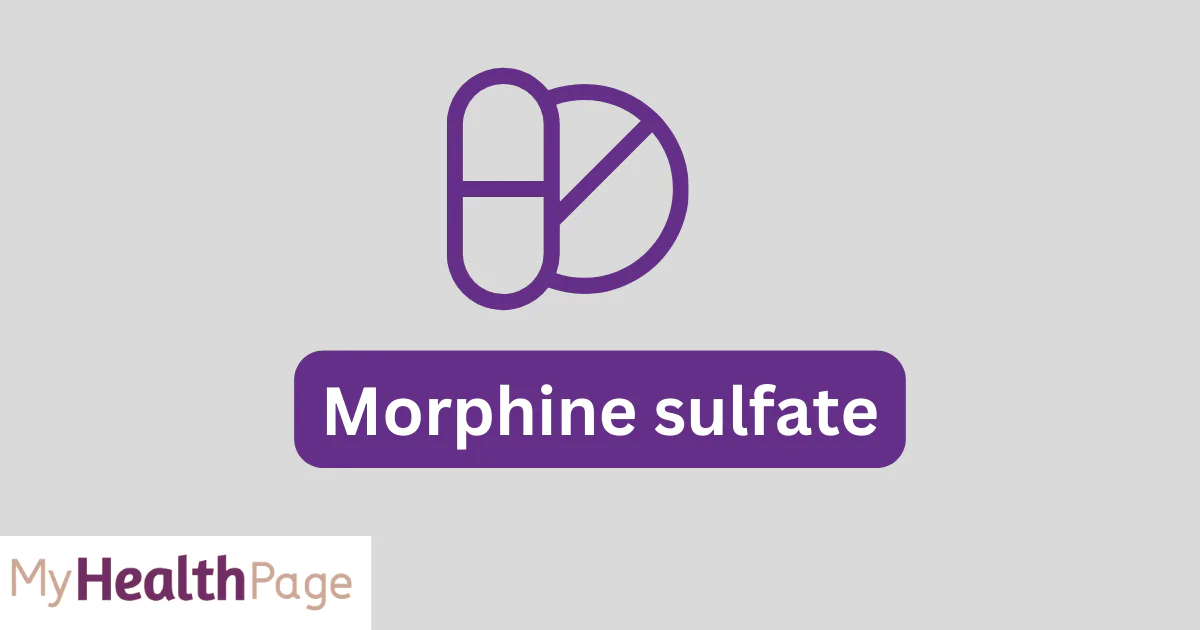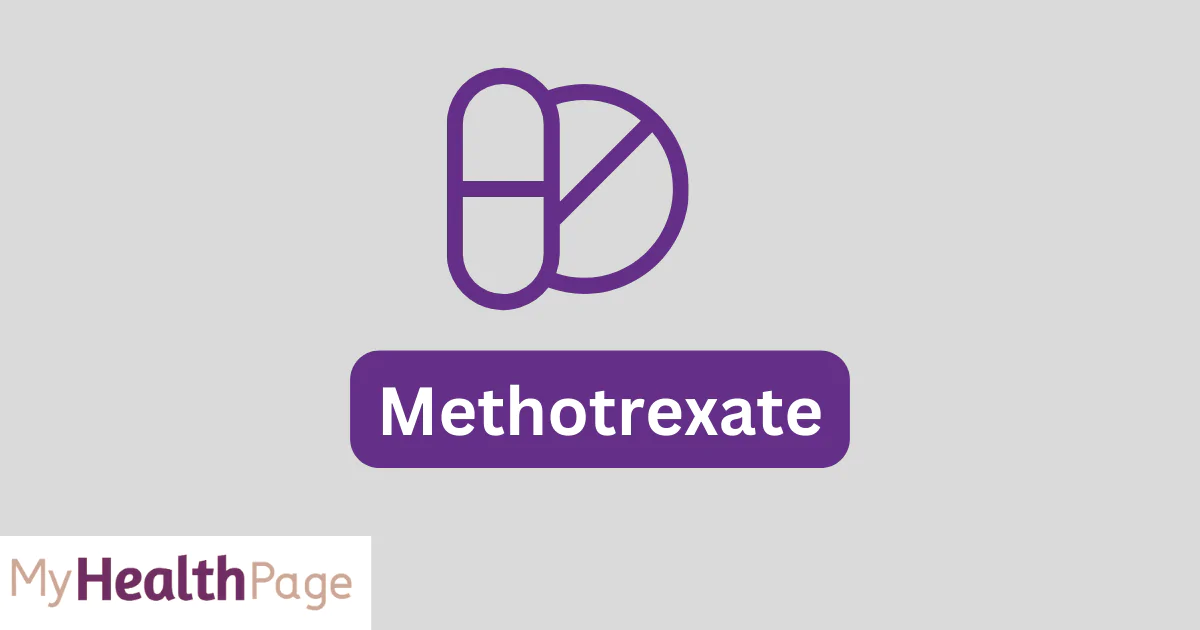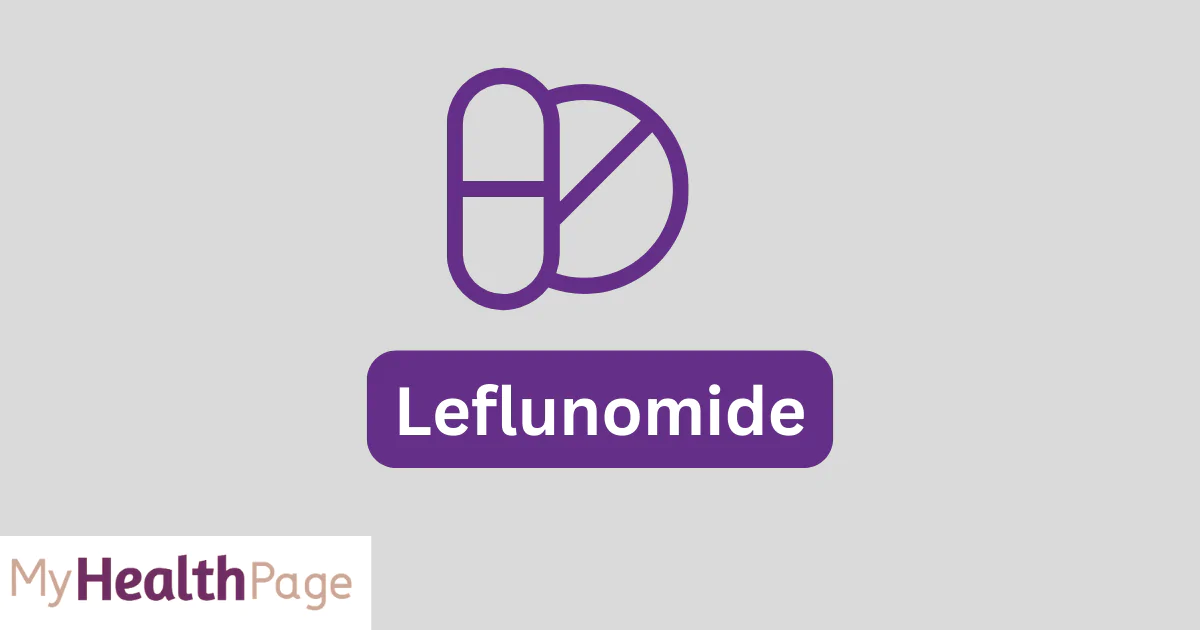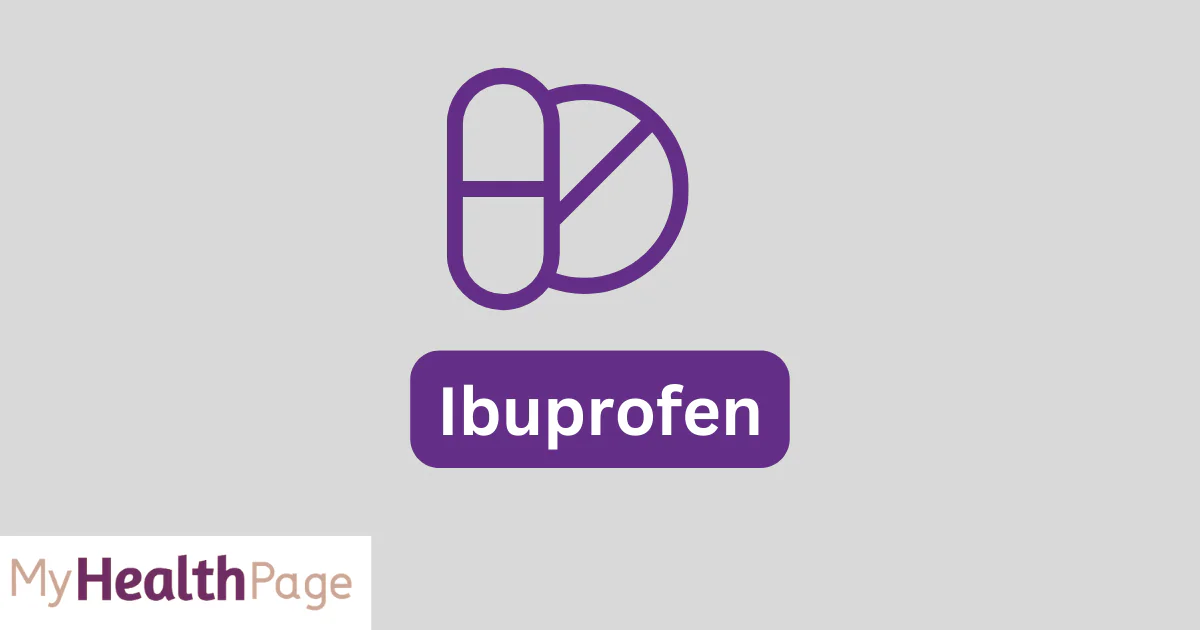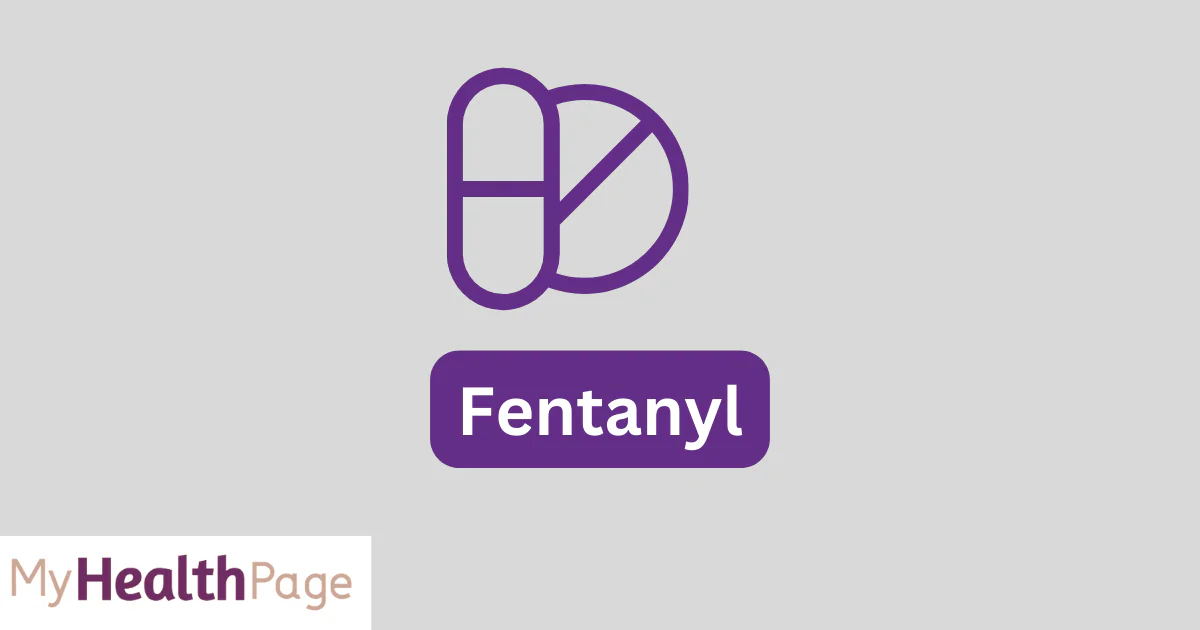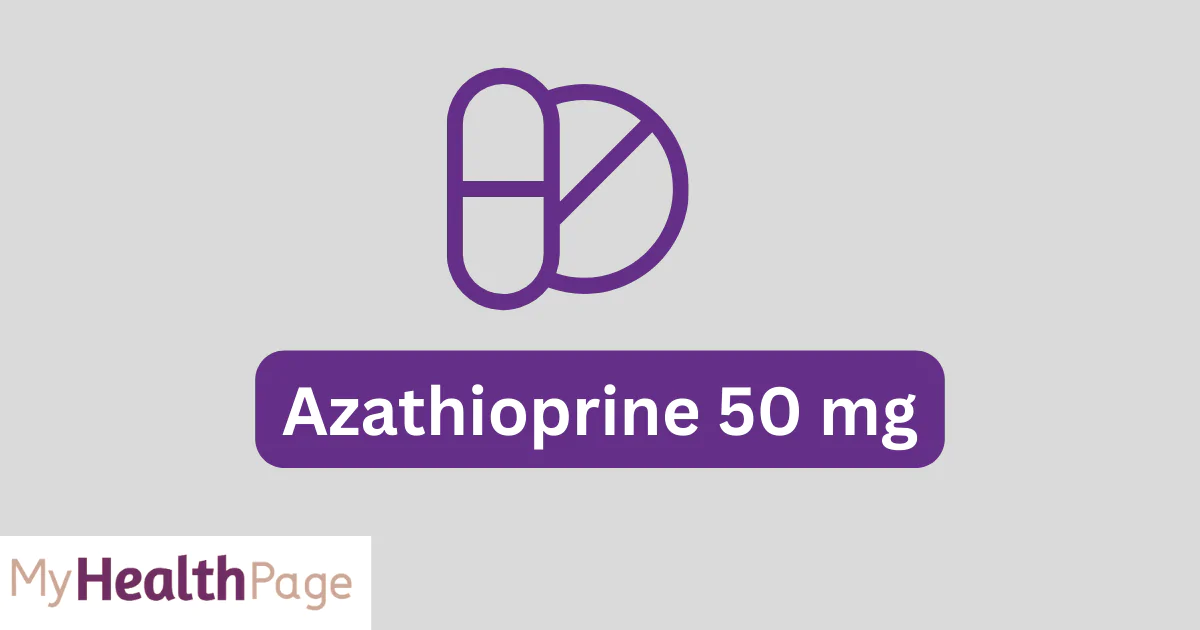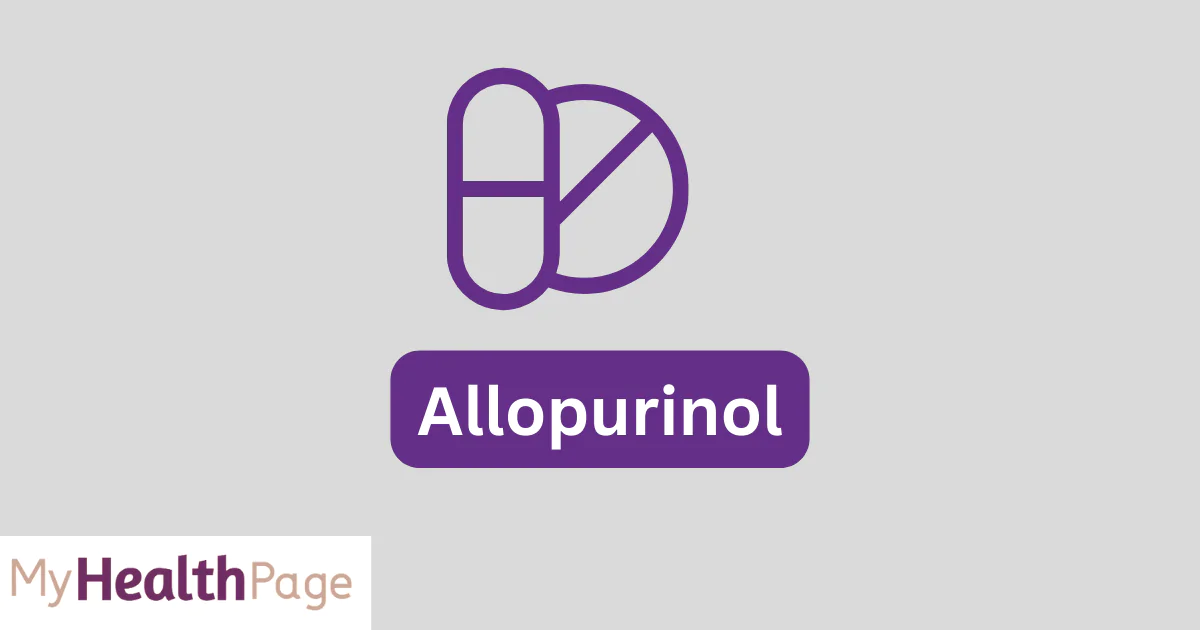Cetirizine is an antihistamine that is commonly used to relieve allergy symptoms such as runny nose, sneezing, itchy or watery eyes, and itching of the nose or throat. It can also be used to treat itching and swelling caused by chronic urticaria (hives). As a second-generation antihistamine, cetirizine is less likely to cause drowsiness compared to first-generation antihistamines.
Pharmacokinetics
Cetirizine exhibits linear kinetics over the therapeutic dosage range and is rapidly absorbed after oral administration, with peak plasma concentrations occurring approximately 1 hour after dosing. It has a bioavailability of approximately 70% and undergoes limited metabolism in the liver, with the majority of the dose excreted unchanged in urine. This pharmacokinetic profile contributes to its efficacy and safety profile, making it suitable for once-daily dosing. The half-life of cetirizine is about 8 to 10 hours in adults, which may be prolonged in elderly patients and those with renal impairment.
Mechanism of Action
Cetirizine works by blocking the action of histamine, a substance in the body that causes allergic symptoms. It selectively inhibits peripheral histamine H1 receptors, which prevents histamine from exerting its effects on the body, thereby reducing allergy symptoms.
Additional Clinical Uses
Beyond its primary indications for allergic rhinitis and chronic urticaria, cetirizine has been explored for other clinical uses, including:
- Asthma: Some studies suggest cetirizine may reduce asthma symptoms in individuals with allergic rhinitis and asthma, though it is not a substitute for asthma-specific treatment.
- Atopic Dermatitis: Cetirizine can help to alleviate the itching associated with atopic dermatitis, although it does not address the underlying condition.
- Mosquito Allergy: For those with severe reactions to mosquito bites, cetirizine can reduce itching and swelling.
Indications
- Relief of nasal and ocular symptoms of seasonal and perennial allergic rhinitis
- Treatment of chronic urticaria (hives) and other allergic dermatological disorders
Dosage and Administration
Cetirizine is available in tablet form, as well as in chewable tablets and liquid. The usual adult dose is 10 mg once daily. For children, the dose depends on their age and weight. It’s important to follow the dosing instructions provided by the healthcare provider or the product label.
Side Effects
While cetirizine is less sedating than first-generation antihistamines, some people may still experience drowsiness. Other side effects can include:
- Headache
- Dry mouth
- Dizziness
- Fatigue
Severe side effects are rare but can include allergic reactions such as rash, itching/swelling (especially of the face/tongue/throat), severe dizziness, or trouble breathing.
Safety and Precautionary Measures
- Renal Impairment: In patients with reduced kidney function, cetirizine’s elimination half-life can be extended, necessitating dose adjustments to avoid accumulation and potential toxicity.
- Pediatric Use: Cetirizine has been approved for use in children, with dosing guidelines based on age and weight. It’s important to use the appropriate formulation to ensure accurate dosing.
- Pregnancy and Breastfeeding: Cetirizine should be used during pregnancy only if clearly needed and after consulting a healthcare provider. It is excreted in breast milk, so caution is advised when administering to nursing mothers.
Drug Interactions
- Central Nervous System (CNS) Depressants: The sedative effects of cetirizine can be enhanced when used in conjunction with alcohol or other CNS depressants.
- Theophylline: Co-administration with theophylline (a bronchodilator) can decrease the total clearance of cetirizine, potentially leading to higher plasma levels and increased risk of adverse effects.
Conclusion and Clinical Considerations
Cetirizine is a highly effective second-generation antihistamine with a favorable safety profile, making it a popular choice for the treatment of various allergic conditions. Its once-daily dosing and minimal sedative effects contribute to patient compliance and quality of life. However, individual responses can vary, and it’s essential for healthcare professionals to consider each patient’s clinical context, including concomitant medications and underlying health conditions, when prescribing cetirizine. As with all medications, ongoing monitoring and patient education are key to ensuring safe and effective use.
Read more : Adrenaline Bitartrate: Understanding Its Critical Role in Healthcare
Disclaimer : The information provided on myhealthpage.in is not a substitute for professional medical advice, diagnosis, or treatment. If you have any questions or concerns about your health, please consult with a licensed physician or other qualified healthcare provider.

